Lupins are pea-like, ornamental flowers that act as pollinators in the garden. They begin to produce flowers in May/ June after the last frost. These show-stopping flowers come in a variety of colours and shades that are guaranteed to brighten up your garden.
Read on to discover a step by step guide on how to grow lupins from seed.
How to sow lupin seeds
There are a couple of different methods available to germinate and grow lupins from seeds. The first of which is to soak the seed for 24 hours in clear water before sowing in a peat-free compost or growing medium of choice.
Another method involves germinating the seeds in a piece of damp kitchen towel. Lupin seeds are relatively thick-skinned, including the dwarf varieties. By rubbing the seeds between 2 pieces of sandpaper, little grazes are created on the surface of the seed which allows moisture to get in, speeding up the germination process.

Follow the steps below for fast germination:
- 1. Give one side of a piece of kitchen towel a spray.
- 2. Place the lightly grazed seeds on top and then fold the kitchen towel up. Make sure there’s good contact between the kitchen towel and lupin seeds.
- 3. Place the parcel into a clear plastic bag and store it on a warm windowsill and leave for 2 to 3 days.
- 4. Check the seeds daily after this to see if they have germinated. It can take around 5 days to germinate.
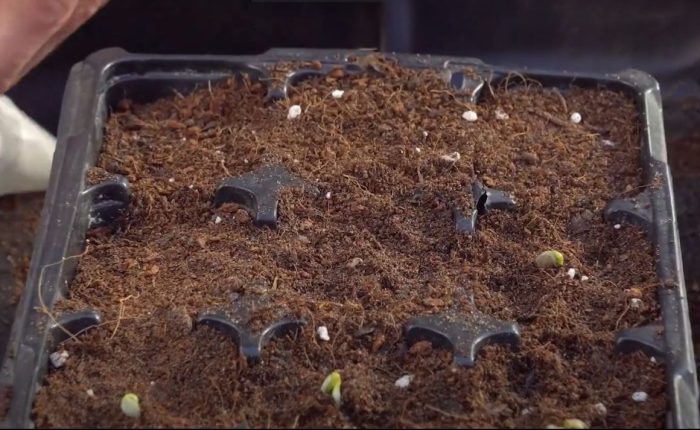
The third and final method is to sow them in compost. Use a good peat-free compost. Sow them individually in module trays. Sow seeds onto the soil and cover them with vermiculite which helps with moisture retention. You can snip the seeds with scissors but it can be difficult. We recommend using sandpaper instead. Don’t forget to water them well! Be patient with this method, it can take up to 2 weeks to germinate, sometimes even longer.
Watch this video below to see these methods in action:
How to grow lupins from seed
Leave the lupin seedlings somewhere bright and warm to grow such as a greenhouse or windowsill. Once the lupins outgrow their initial seedling trays, pot them on into deep pots as they grow long taproots. Once the weather begins to warm up and the last frost has been, it is time to plant them outside. Before doing so, ensure you harden the off for 7-10 days, so they acclimatise to the outdoor weather.

Lupins like moist, well-draining soil, in an area with full sun or partial shade. They also prefer neutral to slightly acidic soil. As they are tall flowers they would benefit from a sheltered position. If you have no choice other than to grow them in an exposed area, use a stake to support them.
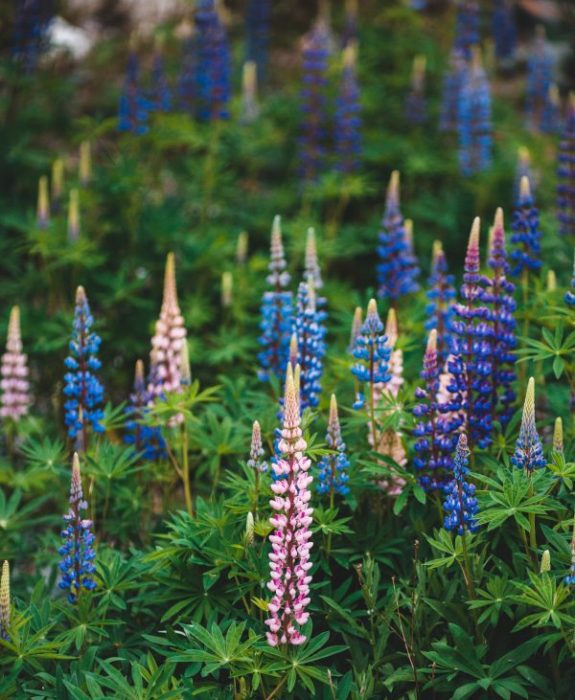
How to care for lupins
Routinely deadhead lupins to encourage a second bloom. At the end of the season, cut the flowers right back to the ground ready for them to return the following year. Lupin’s expected lifetime value is 6 years. To aid the plant’s growth, feed them weekly with a high potassium feed like Seafeed Xtra.
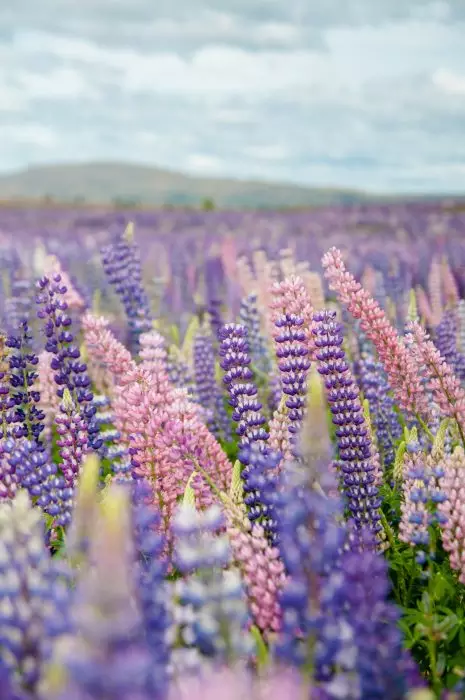
Problem Solving
Lupins are prone to slug and snail damage in their early growing phase so use an effective slug deterrent such as Feed and Protect. Feed and Protect slightly changes the taste of the leaves to slugs and snails, making them slightly bitter. Therefore, the molluscs simply leave the plant alone.
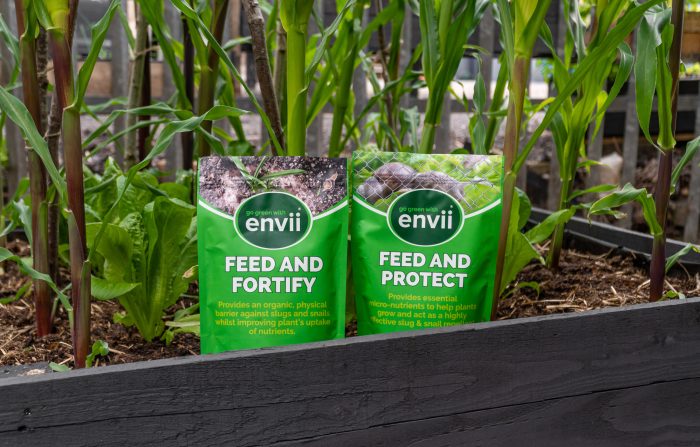
Lupins are also prone to become infested with Lupin aphids, these white aphids colonise on the underside of leaves and flower spikes. To deter aphids, consider companion planting your lupins with marigolds as aphids do not like the smell of marigolds. Alternatively, nematodes are a good deterrent against aphids.
Related Products
-
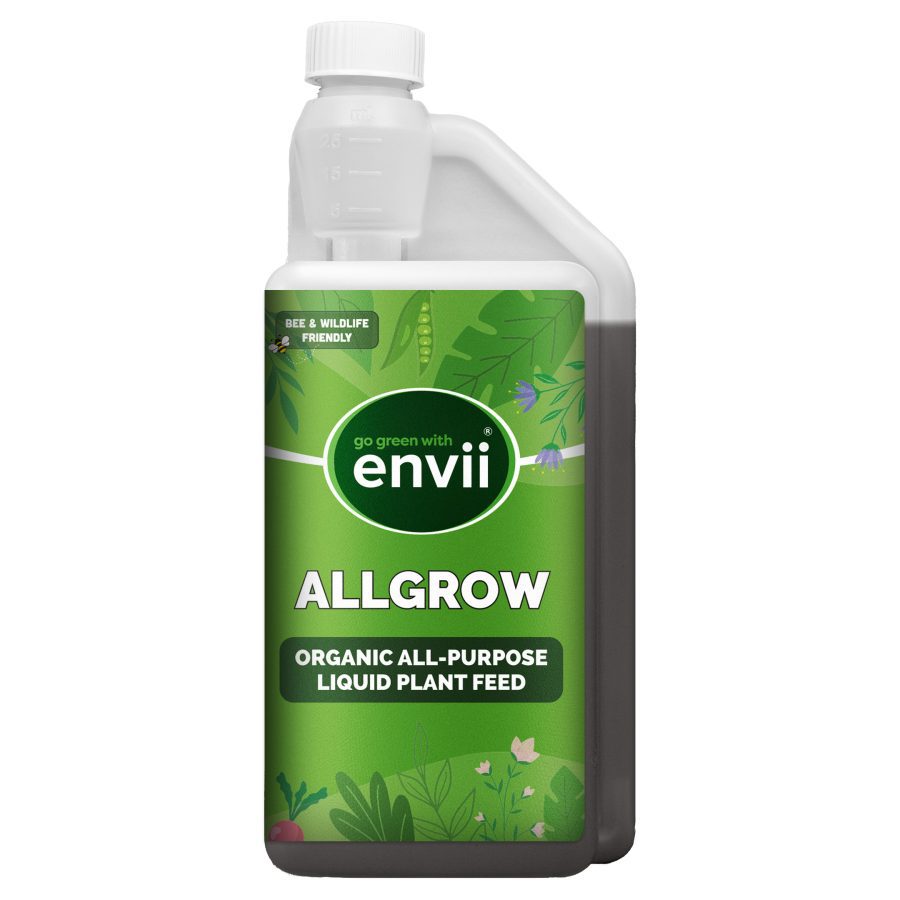 New in
New in
Envii Allgrow
£10.99Organic multi purpose plant feed for use on all plantsAdd to Basket -
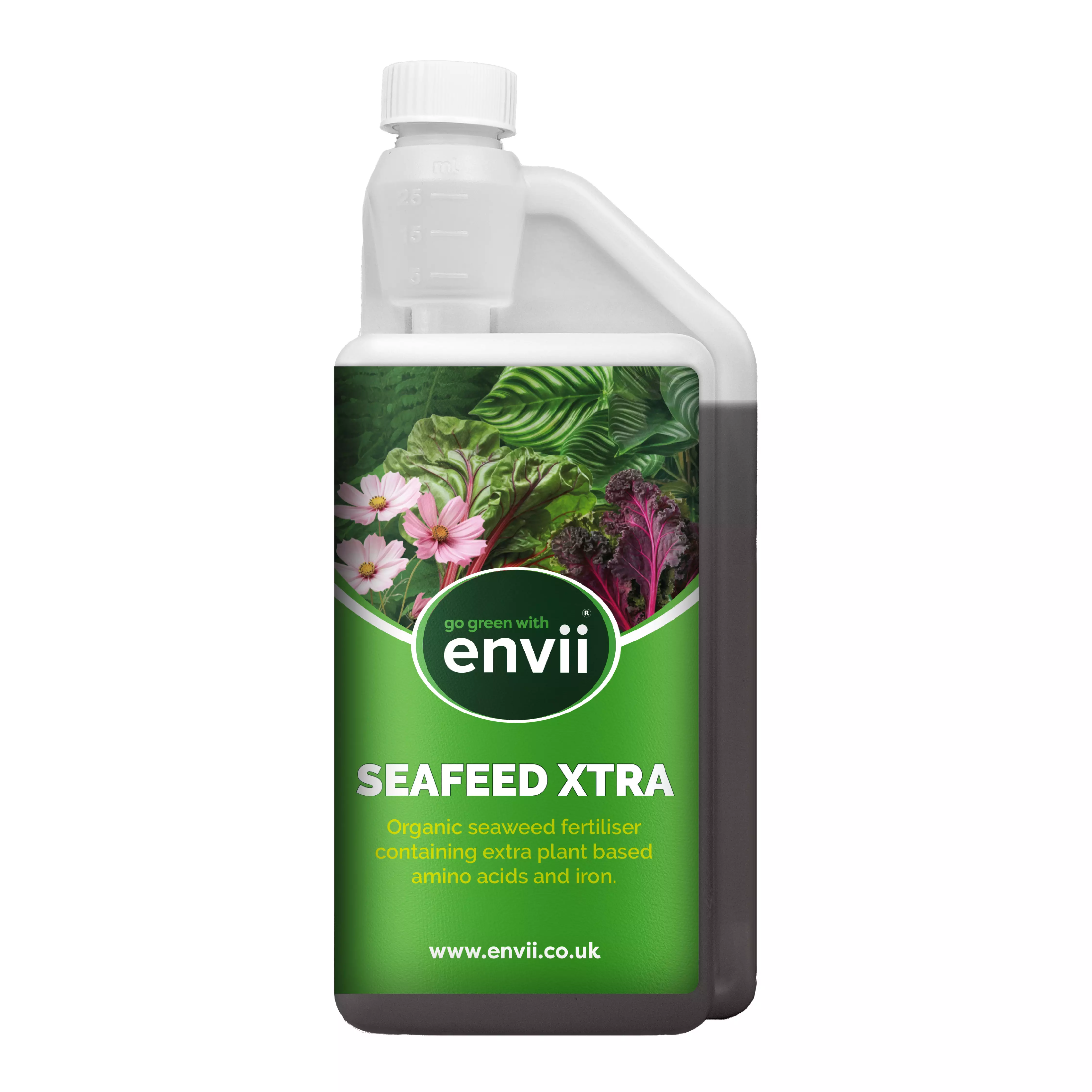
Envii SeaFeed Xtra
£12.99Organic seaweed fertiliser improves plant growth and health.Add to Basket

 Call us on 01246 240880
Call us on 01246 240880 Free 48hr Delivery
Free 48hr Delivery Sign-up and receive 10% off
Sign-up and receive 10% off